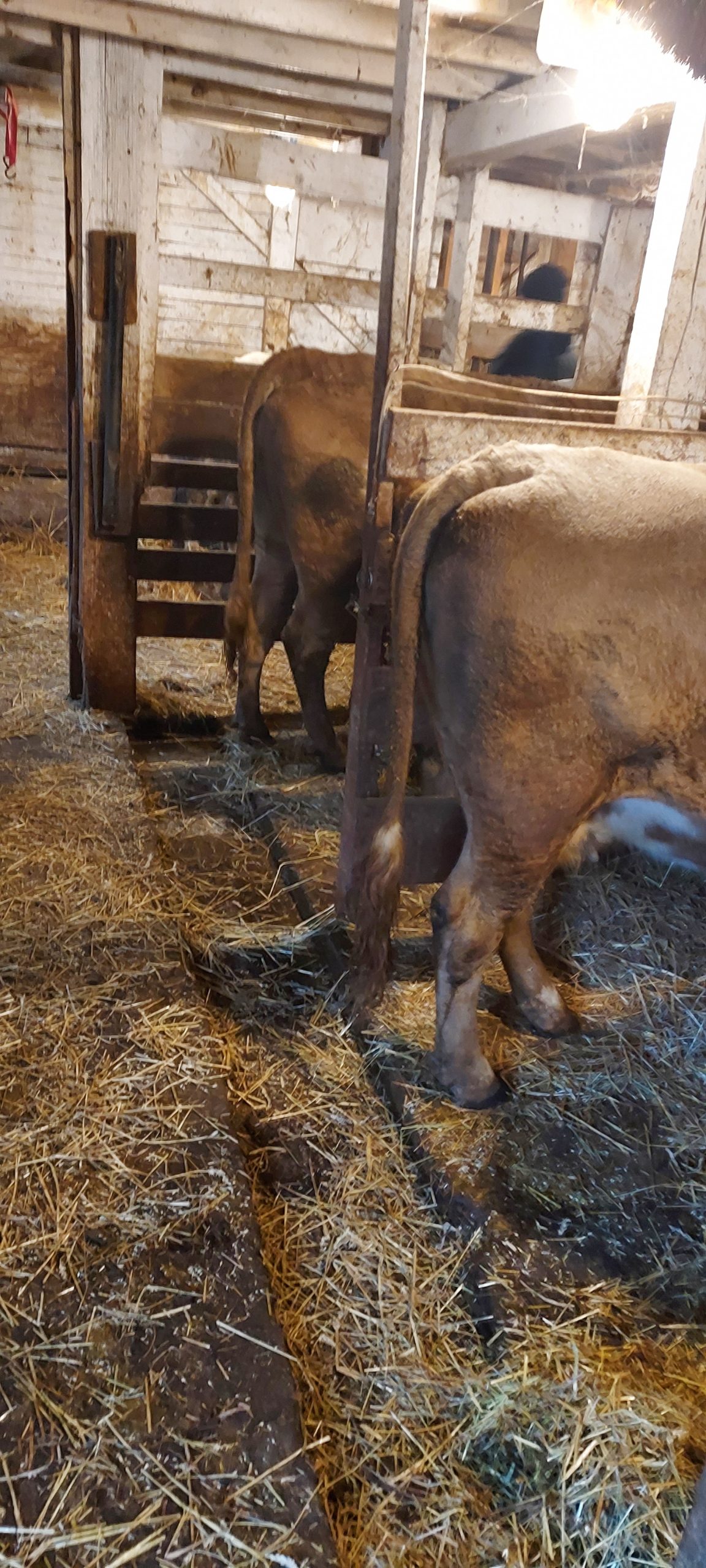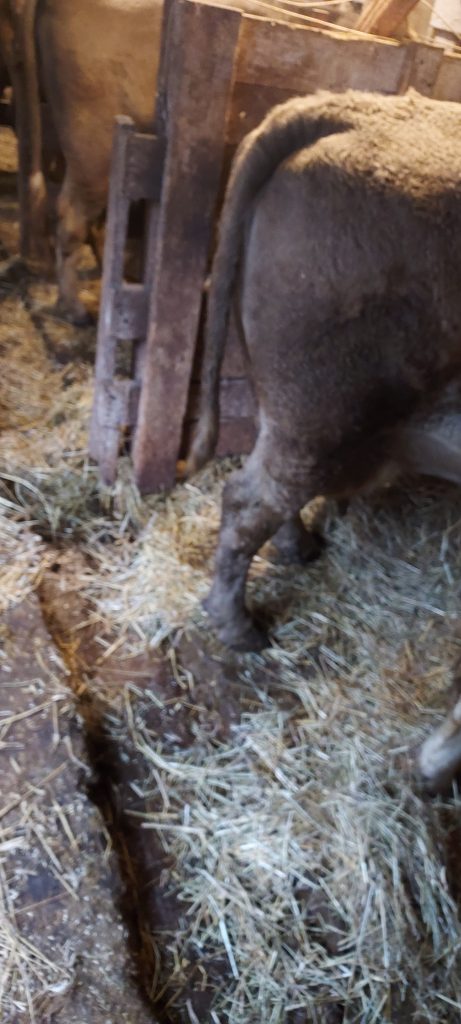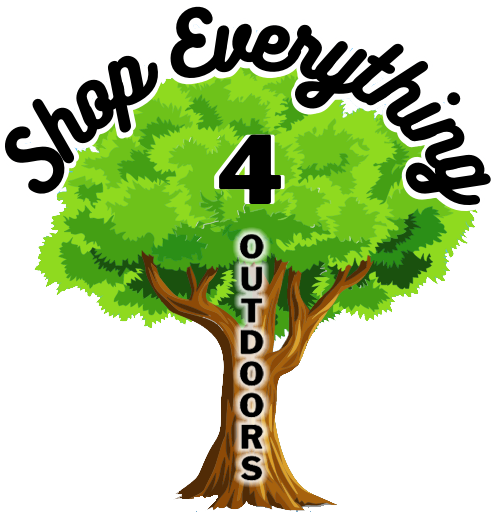
Know Your Beef
Know your beef. What does this mean. The farm sits on 20 acres of land. Out of the 20 acres of land, 15 of them are actual pastures. We have it split into four separate paddocks. In the hot summer months, we can rotate the cattle. Rotating from one Paddock to another gives the grasses time to recoup. The Farm also has a small pond that we use for the cattle to drink and cool down. We also have a water tank that we keep filled so they have fresh, clean drinking water if they prefer. As the summer comes to an end and fall begins to show its colors, we shut down all the paddocks and feed the cattle hay that we put up from the summer cutting. Once the temperature begins to drop below freezing, we start to bring the cattle into the barn. Our reasoning for this is when cattle move less, they eat less, when cattle are warm, they eat less. By regulating their movement and keeping them warm we do not have to put up as much hay as other farmers. Another reason for this is that we do not keep the bull in its own pen. That being said, it’s easier to see when the cows are ready to give birth. Once we notice they’re getting close we pull them from their stanchion location and place them in a birthing pen. The birthing pens are large enough for the big animals to turn around, lay down, and comfortable enough to give birth. I’m going to attach a couple videos as well. One of the videos is when we show up in the morning and the cows are all standing there waiting for us to let them out. In the video you will see nothing but a bunch of rump roast and cow pies on the floor. When we get there, we let all the cattle out of the barn to get a drink and stretch their legs. At this point in time, we grab our pitchforks and remove all the cow pies from the gutter and any other bedding material that was spoiled from them being in all night. The bedding material is primarily straw over the concrete to give them a little cushion when they lay down. The stanchions allow them to stand or lay down either one they prefer. Our old wood stanchions are just pinned their neck loosely so they can’t back out their ears and their skulls stop them so there’s no pain involved. With that being said you must be up close and personal with the cattle. As a lot of you know cattle aren’t always the friendliest. Patience, calm voices, and good feed make happy cows and happy cows make physically dealing with them easier. As the cows are outside waiting to get in because they know the food in the warmth is there. We take this opportunity to scrape the floors, provide new bedding and place a bale of hay in front of every other cow and spread it between the two cows. Our farm is fortunate because the local sub shop allows us to take their old bread and recycle it as cattle feed. And let me tell you that our cows are absolutely head over heels for a jalapeno flavored chess covered bread. So, placing a half loaf in front of each stanchion provokes the cow to stick its head through the stanchion far enough so we can lock it in easily. Once all the cows are in all the right stanchions, we lock the door, come back in 24 hours and do it all over again. One thing to keep in mind if you’re going to try to attempt this is that mother cows and baby cows like to be close to each other. We try to place their yearlings in the next stanchion beside them. If the cow has a calf that is still drinking milk, we allow the calf to rome so it can get to the utters. Let it be known, happy cows always taste better. With us being near the cattle daily we also get to catch a lot of things before they start to get out of hand. A couple issues that arise are infections and rashes. In the long run knowing your beef and being close to your beef helps keep the vet bill down. Happy farming to you all.

